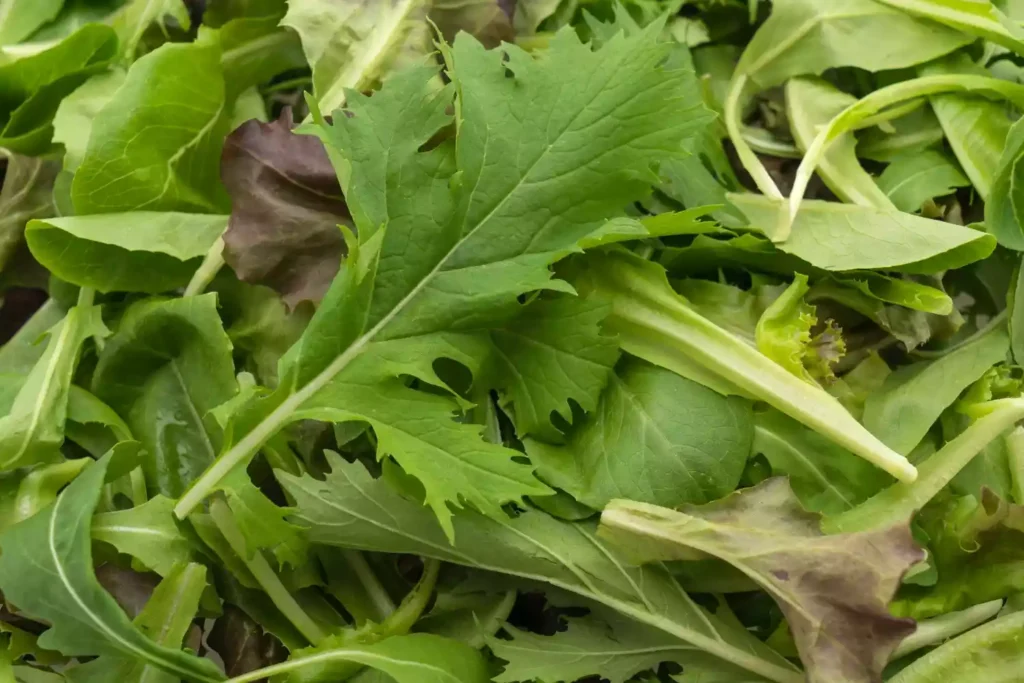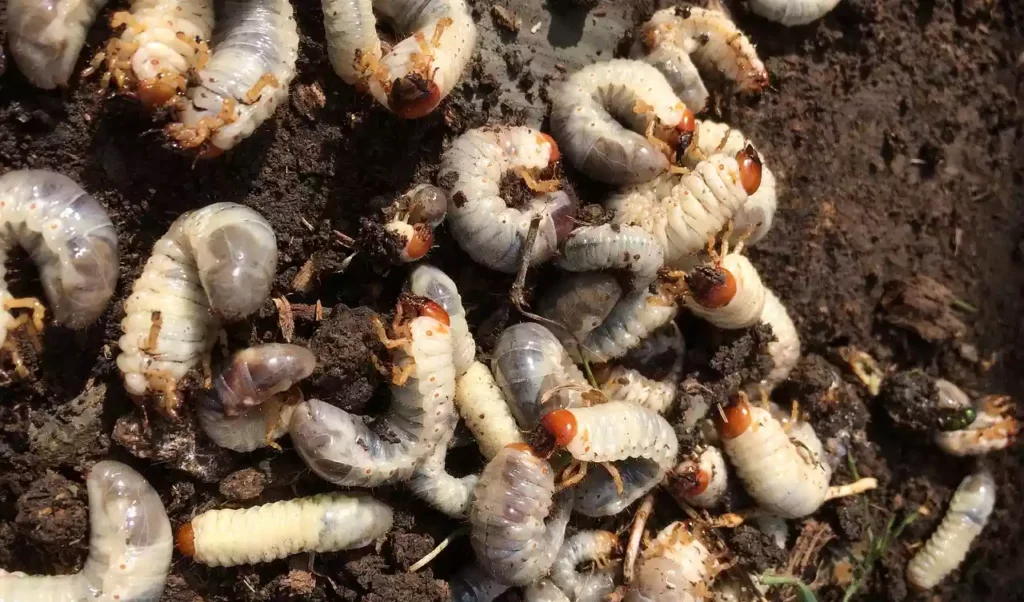Gardening is an enjoyable activity for many and there are a variety of tools necessary to complete the task. Two such tools are the grape hoe and grub hoe, each of which has its own set of uses.
This article will discuss the differences between these two types of hoes in order to help gardeners make an informed decision when selecting the appropriate tool for their needs.
The primary difference between a grape hoe and a grub hoe is the shape of the blade. The blade on a grape hoe is thin and curved while that of a grub hoe is thicker with a straight or slightly concave edge.
A grape hoe is used primarily for weeding and cultivating, while a grub hoe can be used for digging, chopping, and edging. Furthermore, due to their different shapes, each type of hoe has its own advantages in terms of effectiveness and efficiency when used for specific gardening tasks.
Definition Of A Grape Hoe
A grape hoe is an essential tool for any gardener. It is a sturdy, durable and sharp-edged implement that can be used to cultivate soil, weed, dig out roots and even break up hard clods of earth to prepare for planting. Just like a trusty steed, it’s an invaluable asset in the garden – providing years of faithful service with minimal maintenance.
The traditional grape hoe resembles an axe or hatchet shape with one long edge and a curved side. This design gives it superior cutting power as well as stability when pushing into the soil. The handle is typically made from wood or metal and has a comfortable grip for extended use.
Grape hoes are often used in combination with other tools such as spades, rakes and shovels to effectively work the soil and remove weeds while avoiding damage to plants or the root system. They are also ideal for cutting through tough vegetation such as brambles or other stubborn growths that may be present around garden beds.
Definition Of A Grub Hoe
A grub hoe is a gardening tool used for a variety of purposes, including breaking up soil, removing weeds and roots, edging beds, and turning over soil. It consists of a metal blade attached to an angled handle. The blade is typically triangular or V-shaped with sharp edges that are designed to help loosen soil in tight spaces.
The grub hoe is different from the grape hoe in two main ways: its shape and how it is used. The grape hoe has a flat blade that is used for slicing through weeds and other vegetation. In comparison, the grub hoe’s blade is more curved and pointed so it can be used for digging into tougher soil and working around plants. Additionally, the grub hoe’s angle allows users to apply more pressure when pushing the blade into the ground. This makes it ideal for tackling tough gardening tasks such as breaking up compacted soils and creating furrows for planting seeds.
Gardening techniques vary greatly depending on the type of soil you are dealing with. For example, if you have sandy soil, you may want to use a flat-bladed garden hoe instead of a grub hoe to remove weeds or cultivate the top layer of soil. On the other hand, if your soil has clay content or is dense and compacted, then using a grub hoe would be beneficial as it will allow you to work deeper into the texture without having to put too much strain on your muscles or tools.
Using a grub hoe can help make gardening easier by allowing you to tackle tougher tasks with less effort. It can also help break up hard soils or create furrows when planting seeds which will result in better germination rates.
To get optimal results from your gardening projects, consider taking into account factors such as soil texture before selecting which type of garden tool best suits your needs. For looser soil, a spade may be a better option while for hard, rocky soil, a mattock may be more appropriate.
Shape Of The Blade
Gardening is an art, and the right tools make all the difference. A grub hoe is a specialized tool that has been designed with precision to tackle a wide variety of tasks. Its unique shape and grip design set it apart from other hoes such as the grape hoe, making it an invaluable tool in any gardener’s collection.
The blade of a grub hoe is typically longer and wider than a grape hoe and curved inwards at the tip. This inward curve allows for more precise edging which can be used to create neat garden beds or trim grass edges around pathways. The extra length also provides greater reach when digging into soil, allowing for deeper planting and easier removal of weeds. The weight distribution of the grub hoe also makes it ideal for working in tight spaces, giving you the power to dig without compromising on accuracy.
As gardening tools go, it’s hard to beat the grub hoe for its versatility and precision – enabling you to work smarter, not harder. With its unique shape and optimized weight distribution, it’s no wonder that this tool has become so popular among gardeners who want to get their job done quickly and neatly.
Uses Of A Grape Hoe
A grape hoe is a unique tool designed specifically for vineyard and orchard owners to assist with pruning chores, weed control, and soil preparation. It has a curved blade that is usually made of steel and its handle can be either wood or metal.
The most prominent use of the grape hoe is in weeding techniques. Its curved blade design allows the user to make shallow cuts around individual vines while maintaining an even depth throughout the row. This helps prevent damage to plant roots from over-weeding or from cutting too deep into the ground.
In addition, when preparing soil for planting, the curved blade design helps evenly loosen soil without causing compaction or other damage that could be caused by traditional hoes with straight blades.
The curved blade design allows the user to work close to plants and create an even cut without damaging them. This makes it ideal for working in tight spaces and removing weeds quickly and efficiently.
When used correctly, a grape hoe can provide gardeners with a quick and efficient way to prepare their soils for planting, remove weeds effectively, and prune vines without causing any damage. Its unique curved shape means that it fits comfortably in hand while allowing users access to tight spaces such as between rows of vines or in between trees within an orchard.
With proper care and maintenance, this tool can last many years making it an invaluable asset for any gardener interested in keeping their garden neat and tidy as well as productive.
Uses Of A Grub Hoe
A grape hoe and grub hoe are two distinct gardening tools with different uses and characteristics.
A grape hoe is a long-handled tool that has a thin, curved blade on one end. The blade of the grape hoe is designed to cut through weeds, soil, and roots with minimal effort. This makes it ideal for weeding flower beds or vegetable gardens.
A grub hoe, on the other hand, is a short-handled tool that has a wide, triangular blade at one end. It is used for more robust weeding tasks where deeper penetration into the soil is necessary. The blade of the grub hoe can be used for digging trenches in preparation for planting, as well as breaking up hard clumps of soil for aeration.
The uses of a grub hoe make it an essential tool for gardeners who need to prepare their soil before planting flower beds or vegetables. Its wide blade can be used to dig deep into the soil to remove stubborn weeds and break up compacted areas so that air and moisture can penetrate more easily. Additionally, its sharp edges can be used to chop roots when removing large plants or shrubs from the garden bed.
Advantages Of Each Hoe
Gardening techniques often require the use of specialized tools to make sure that soil preparation and other tasks are completed successfully. Two such tools are the grape hoe and the grub hoe, which both have their own advantages.
The first tool is the grape hoe, which is a short-handled hoe with a thin blade. It is ideal for making shallow furrows and rows in small areas, such as vegetable gardens or flowerbeds. The blade is also suited for removing weeds near plants or trees without damaging their roots.
On the other hand, a grub hoe has a much larger blade than the grape hoe, allowing it to dig deeper into the soil and break up hard clumps of dirt. Its long handle provides extra leverage when digging out large stumps or rocks from an area. Grub hoes are also great for tilling soil in large gardens or preparing it for planting.
Selecting The Right Hoe For Your Needs
A grape hoe and a grub hoe offer two distinct options for gardeners in need of reliable weeding tools. Each has its own advantages, and the best option for any given gardener will depend on their specific needs.
The grape hoe is designed with a narrow blade that curves inward at the tip. This shape allows it to easily slice through weeds and remove them from the soil, making it an ideal tool for light-duty weeding tasks. It can also be used to help prepare soil for planting by loosening small amounts of dirt.
In contrast, the grub hoe features a wide blade that is sharpened along both sides. Its design enables gardeners to quickly chop and dig away weeds without damaging underlying roots or surrounding plants. It is an excellent choice for heavier-duty weeding techniques such as removing deep-rooted weeds or those with thick stems. Additionally, it can be used to cultivate soil by breaking up clumps of dirt and aerating the ground.
When selecting a hoe, consider your gardening needs and choose one that will best meet those requirements. For light-duty weeding tasks or soil preparation, opt for a grape hoe; if you’re looking for something more powerful, go with a grub hoe instead.
Regardless of which one you choose, both tools are excellent additions to any gardener’s toolkit.
Conclusion
In conclusion, it is important to know the differences between a grape hoe and a grub hoe so that gardeners can choose the best tool for their needs.
The shape of the blade is one of the main differences between these two tools. A grape hoe has a broad flat blade which makes it useful for cultivating soil, while a grub hoe has a narrower, curved blade which is better suited for weeding and cutting roots.
Additionally, each tool has its own advantages in certain gardening scenarios. Grape hoes are ideal for light digging and weeding while grub hoes work well for deeper cultivation and root removal.
Like all tools, the right choice depends on the gardener’s needs; by understanding the differences between these two tools, gardeners can make sure they have the proper tool ‘in hand’ to tend to their garden in an efficient manner – like an expert Master Gardener.





